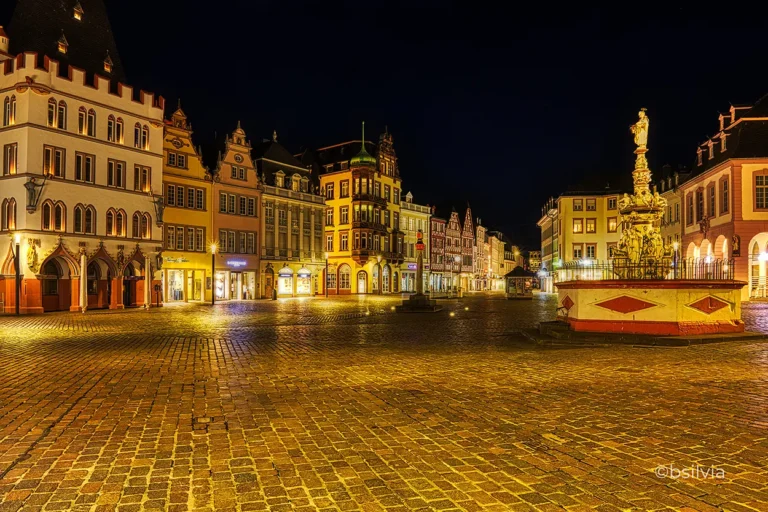The Dawn of Artificial Morphism
Hold onto your pixels, designers! Just when you thought you’d seen it all, along comes Artificial Morphism, the design trend that’s set to redefine your creative horizons in 2024. This isn’t just another buzzword; it’s a full-blown revolution that combines elements of neumorphism, skeuomorphism, and a sprinkle of AI surrealism. Intrigued? You should be.
The Roots: A Quick Recap of Design Morphisms
Before we dive into the future, let’s take a quick trip down memory lane to understand the morphisms that paved the way for Artificial Morphism.

Neumorphism: The Soft Revolution
Neumorphism, or neomorphism if you’re feeling fancy, gave us web elements that seemed to either pop out or sink into the background. It was like your screen turned into a cushiony playground. Soft, light, and 3D-ish, it was the darling of modern web design.

Glassmorphism: Through the Looking Glass
Glassmorphism took the design world by storm in 2020 with its frosted glass-like elements. It was like your UI got a pair of chic sunglasses. The blurred background not only looked cool but also ensured readability and accessibility.

Skeuomorphism: The Real Fake
Skeuomorphism is the granddaddy of design morphisms. It’s all about mimicking real-world objects to make digital interfaces more familiar. Think of it as the method actor of the design world, always in character.

Claymorphism: The Underdog
Claymorphism is the introverted cousin that didn’t quite make it to the limelight. It’s friendly and clickable, with 3D elements that seem to be softly molded from clay. Despite its charm, it’s still waiting for its breakout moment.
The Rise of Artificial Morphism
Now that we’ve set the stage, let’s talk about the star of the show: Artificial Morphism.
A Surreal Blend
Artificial Morphism is like the Swiss Army knife of design trends. It takes the best of neumorphism, skeuomorphism, and even throws in some AI-generated surrealism for good measure. The result? A design experience that’s as captivating as it is functional.
Breaking the Mold
What sets Artificial Morphism apart is its ability to transport you to a realm of abstract, futuristic interfaces. It’s like stepping into a sci-fi movie, but better because you can actually interact with it. The level of detail is staggering, and the best part? You can tailor it to any style you want.
Why Artificial Morphism is the Future
Versatility
The beauty of Artificial Morphism lies in its versatility. Whether you’re designing a minimalist blog or a complex gaming interface, it’s got something for everyone.
User Experience
Let’s face it, we’re all a bit tired of the same old, same old. Artificial Morphism offers a fresh, immersive user experience that’s bound to keep people engaged.
The AI Factor
The inclusion of AI elements takes this trend to a whole new level. It’s not just about aesthetics; it’s about creating smarter, more intuitive interfaces.
Embrace the Morphism
Artificial Morphism is not just a trend; it’s a movement. It’s the future of design, and it’s here to stay. So go ahead, let your creativity run wild and jump on the Morphism bandwagon. Trust us, you won’t regret it.
And there you have it, folks! A whirlwind tour of Artificial Morphism, the design trend that’s about to take 2024 by storm. Ready to morph your designs into the future?
Discover more from Graphics-Illustrations.Com
Subscribe to get the latest posts sent to your email.





